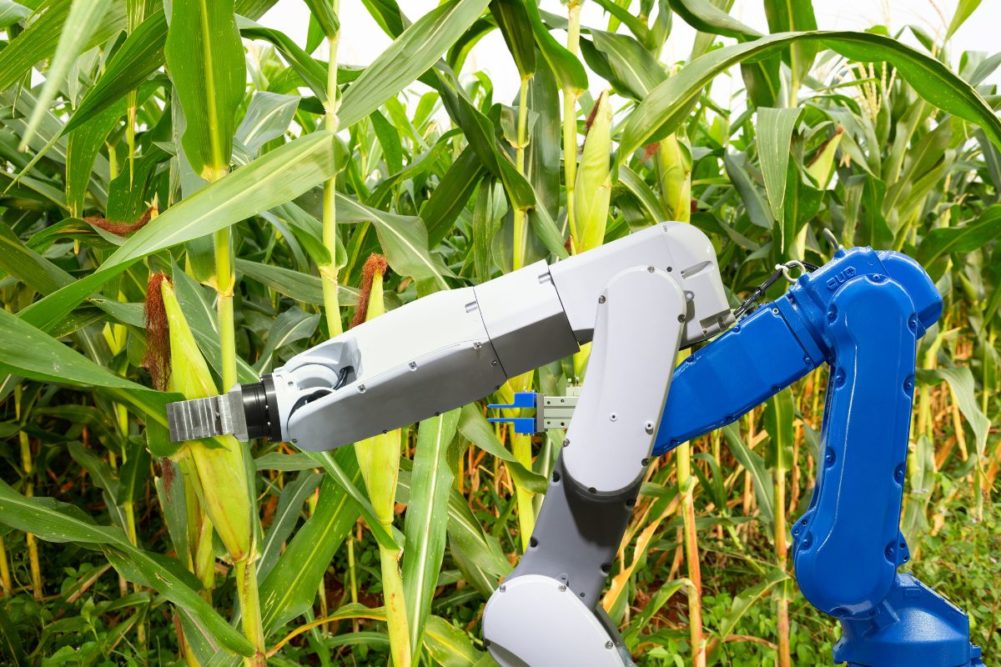WASHINGTON, DC, US — A more automated future in agriculture is developing rapidly, signaling rapid development of technology and promising solutions to some of the most dire issues facing agriculture today. The state of agricultural robotics and other forms of automation in ag were discussed at the 100th annual US Department of Agriculture Agricultural Outlook Forum, whose theme for 2024 was “Cultivating the Future.”
At the Feb. 15 session, “Robotics and AI for Sustainable, Equitable Agricultural Systems,” industry experts covered the topic of agricultural robotics from multiple perspectives and discussed implications for the industry’s future profitability, health/safety, and environmental sustainability.
Labor shortages in the industry, and its robot remedies, were a repeated topic of discussion at the presentation. Production agriculture is characterized by the “Three D’s,” — dull, dirty and dangerous, said John Shutske, professor and agricultural safety and health specialist at the University of Wisconsin, Madison.
These qualities discourage young people from entering the industry workforce, Shutske said. He stated further that agricultural labor is still considered the most dangerous occupation, its death rate per 100,000 workers being 7 times higher than a composite of all other industries, he said.
“One of the ideas in increasing automation, moving toward autonomy, is to be able to physically remove that human being from a hazardous location,” he said. “Technology has the ability to enable that.”
The labor shortage in agricultural work also has moved the industry toward technology that takes care of more “tedious” and “dull” tasks, like scouting to detect conditions within the farming environment. Automation also is being employed to complete time-consuming tasks like crop harvesting, animal care, and weed removal, said Madhu Khanna, PhD, professor; director of iSEE; ACES Distinguished Professor in Environmental Economics at the University of Illinois, Urbana-Champaign.
“(A) growing phenomenon in agriculture is the increasing resistance to chemicals for herbicides and pesticides and limited availability on the horizon for new chemical pathways,” he said. “So we’re really looking for alternatives to stay one step ahead of this growing resistance, and that’s another place where robots can play a role.”
Research on weed management robots is underway, as the removal of weeds from soybean and corn crops in the Midwest has become increasingly difficult. Conventional herbicides are no longer effective on them, and this failure is costing farmers billions of dollars each year, said Khanna.
“Weed management robots can be deployed multiple times during a growing season to mechanically remove weeds,” he said. “The robots are much more efficient than herbicides, it reduces the need for labor, its small size doesn’t cause soil compaction, and they can help delay future resistance.
“As we have more economies of scale, the cost of these robots is going to come down. There’s a potential here to both increase productivity and profitability and at the same time reduce runoff and damages.”
Another robot being developed is a cover crop planting robot. Planting cover crops is a task that is typically cold and unpleasant for farmers, time consuming, and costly. This robot goes under a cash crop, like corn during the summer, even before that crop is harvested, and gets the job done ahead of time.
“What is exciting about this tech is that it learns as it goes and therefore continues to improve to achieve a goal that’s been given to it,” Khanna said.



